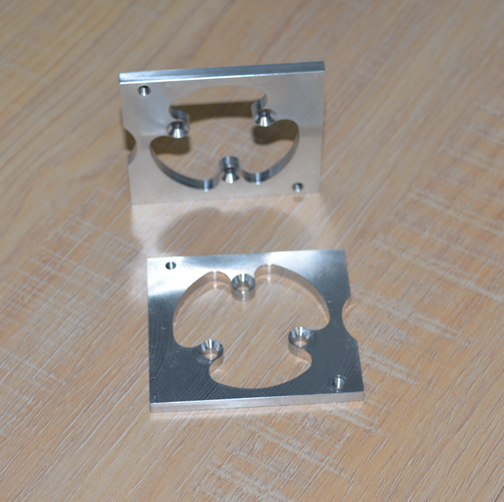CNC turning Feed Rate

A cutting tool is moved along the X, Y, and Z axes using threaded lead screws, which work like a nut threaded onto a bolt. If the lead screw is fixed in a stationary position so that the nut doesn’t move, rotating the lead screw converts the nut’s
rotational movement into a linear one.
Lead screws come in a variety of shapes, including, flat, round, trapezoidal and tapered, and are manufactured to a variety of tolerances. High-quality lead screws have threads machined to tolerances of just a few micrometers and you can use the thread pitch to calculate the distance the tool will cover per rotation. The steep- er the pitch, the more precisely you will be able to position the tool. Different thread types are used for different jobs. Transmission threads have to move freely
and with as little friction as possible, while fastening threads need to produce plen- ty of friction in order to remain tight.
However well-made they are, there are limits to the degree of precision a lead screw can have. Because hobby-grade gantry routers use the thread pitch to calcu- late the position of the tool, the tolerances used to manufacture the lead screw will
be directly transferred to the workpiece. In contrast, pro-grade machines use cus- tom measuring devices to calculate the actual distance covered by the tool.